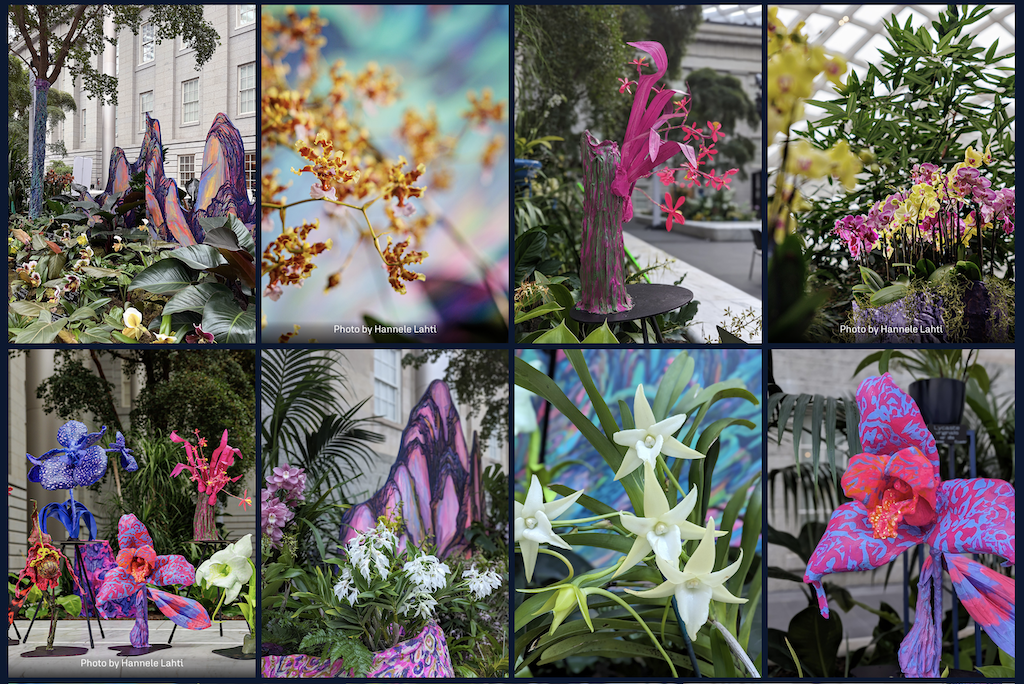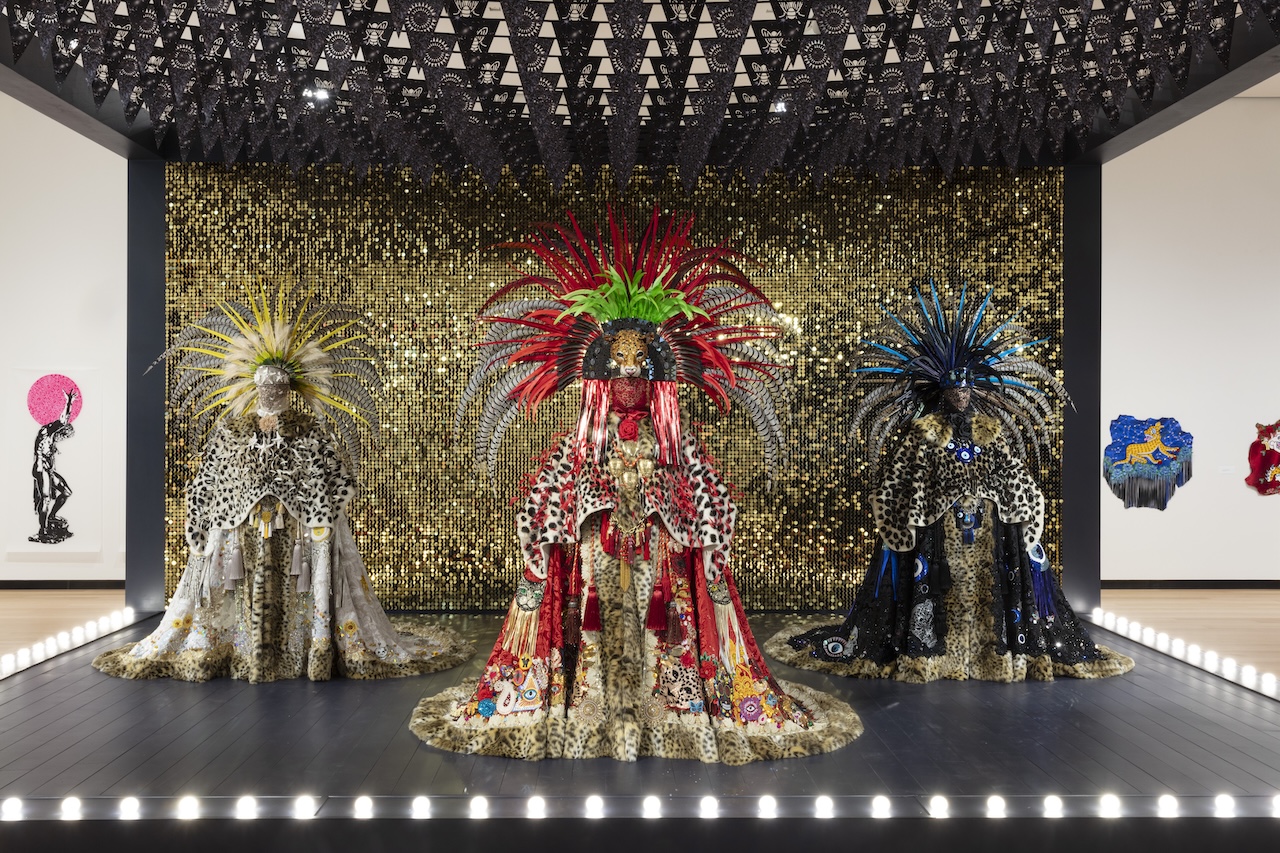What does it say about our city’s pool of talent that the work of so many visual artists is being exhibited and collected across the country? Baltimore is an incredible city for creatives to live and make their work in, but artists on an upward trajectory often need to take their careers elsewhere for ambitious professional opportunities. Rather than seeing this as a failure of vision or lack of resources within our local institutions, we can choose to consider a national exhibition career as the natural progression of artists on the rise and a clear sign of much greater things to come.
This March, I am putting seven Baltimore-based artists on your radar with nationally relevant solo exhibitions at galleries and museums across the country. Although they may not be easy to visit in person, you can still attend virtual lectures and events, follow them on Instagram and read about them in national publications. Since each artist’s studio and professional life is based in Baltimore, you can go to their website, sign up for their newsletter, set up a visit to their studio, and plan to attend their next exhibit in town.
Rather than simply watching from the distant sidelines, we all have the opportunity to participate, saying “I told you so” with confidence, and “I knew them when.” Now is the time to create future bragging rights, especially if you are able to purchase a piece of their work at a Baltimore price point while you still can.













